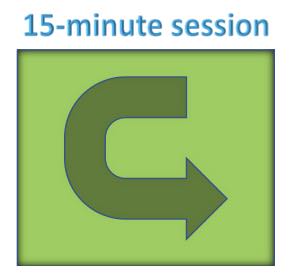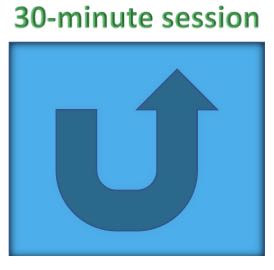The Human View™ Blog

What's to Be Done with All These Point Solutions?
The digital health gold rush has promised a brighter future for employee healthcare: targeted solutions for every ailment, personalized care at your fingertips, and significant cost savings for both employers and employees. Yet, as the industry evolves, there's also some real frustration - as Second Opinion noted in July: Point Solution Fatigue is very real.
While each individual platform may offer genuine value, their sheer volume creates a fragmented, confusing landscape that often does more harm than good. Instead of simplifying healthcare, we’ve fallen prey to a paradox: an abundance of solutions has led to a deficit of meaningful impact.

Is a critical mass of "participation" anywhere to be found?
A clear challenge for the point solution model has been the industry's widespread struggle to reach critical mass. For these platforms to deliver on their promises – whether it's improved glucose control for diabetes patients or reduced anxiety through mindfulness – they need a significant percentage of employees actively engaged.
However, several factors impede achieving this critical mass, fueling the vicious cycle of point solution fatigue:
The Engagement Abyss: Simply offering a digital tool isn’t enough. Many individuals either remain unaware of the available solutions or fail to engage meaningfully after signing up. Low utilization rates then translate into poor data collection, hindering the ability to demonstrate ROI and leading to employer skepticism.
The Slippery Slope of ROI: Without a critical mass of users, proving the effectiveness of a point solution becomes incredibly difficult. This lack of demonstrable ROI leaves employers hesitant to invest further, creating a self-fulfilling prophecy of underutilization and eventual abandonment.
The Administrative Avalanche: Managing a multitude of point solutions – each with its own contract, implementation process, and data reporting metrics – becomes a logistical nightmare for HR and benefits teams. This administrative burden further fuels fatigue and discourages employers from adopting new solutions, even potentially valuable ones.
The Fragmentation Paradox: Instead of streamlining care, an overabundance of disconnected point solutions often creates a disjointed, frustrating experience for employees. Juggling multiple apps, navigating disparate interfaces, and encountering minimal communication between providers leaves individuals feeling overwhelmed rather than empowered.

Course correcting towards an integrated ecosystem
Moving beyond point solution fatigue requires a fundamental paradigm shift. Instead of treating individual conditions in isolation, we must move towards a holistic model that prioritizes integrated, personalized care within a cohesive ecosystem.
Here's how we can navigate towards a more effective future:
Embrace Value-Based Navigation: The key to unlocking the potential of point solutions lies in guiding employees towards the right tools at the right time. Dedicated navigation platforms can play a crucial role here, leveraging data and AI to personalize recommendations, streamline access, and ensure individuals receive the most relevant, high-value care.

Demand Data Transparency and Outcome-Based Contracts: The days of "trust us, it works" are over. Employers need to demand rigorous data transparency from vendors, moving beyond vanity metrics like app downloads and focusing on real-world outcomes. This means adopting value-based contracts where payment is directly tied to demonstrable improvements in employee health and cost savings.
Foster Seamless Integration and Interoperability: Point solutions cannot remain isolated islands in the healthcare ecosystem. We need to prioritize interoperability with existing health records, benefits platforms, and even between different solutions. This requires collaboration across the industry, leveraging open APIs and data exchange standards to create a unified, user-friendly experience for both patients and providers.
Invest in Proactive Engagement and Personalized Outreach: Achieving critical mass requires a proactive, personalized approach to employee engagement. This includes segmenting populations based on specific needs and risk factors, delivering tailored messaging that resonates with each group, and providing ongoing support to maximize adoption and long-term adherence.

The last word
The dream of digital health transforming healthcare remains very much alive. However, realizing this vision demands a shift from a transactional, band-aid approach to a holistic, ecosystem-driven model. By embracing integration, value-based care, and personalized guidance, we can navigate the treacherous waters of point solution fatigue and chart a course towards a future where technology empowers genuine wellbeing for every employee.
~ Mark Head
© 2024. All Rights Reserved.

Click the green button or the blue button (below) to visit our scheduling pages.




Mark Head
President
With 4 decades of combined experience in employee benefits consulting, wellness and health management, Head brings a unique combination of dynamic perspectives into a clear vision of where the future of health care is moving - and it's moving towards deeper human connection, awareness, and engagement...
Follow Us On
© 2025 Benefit Personas, LLC. All Rights Reserved.

